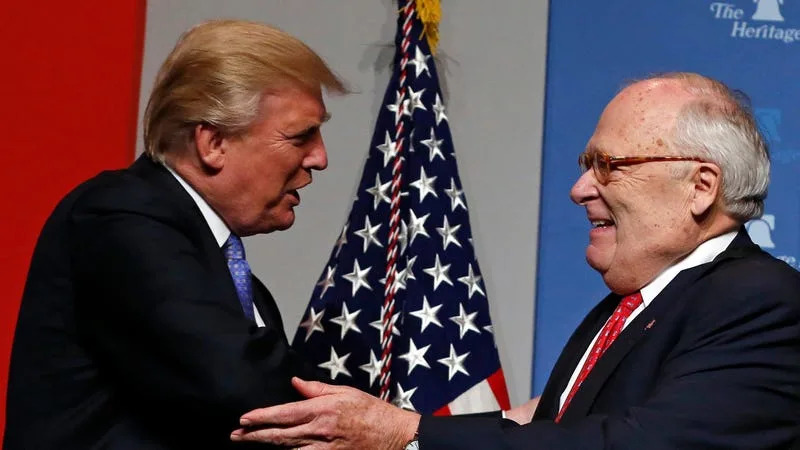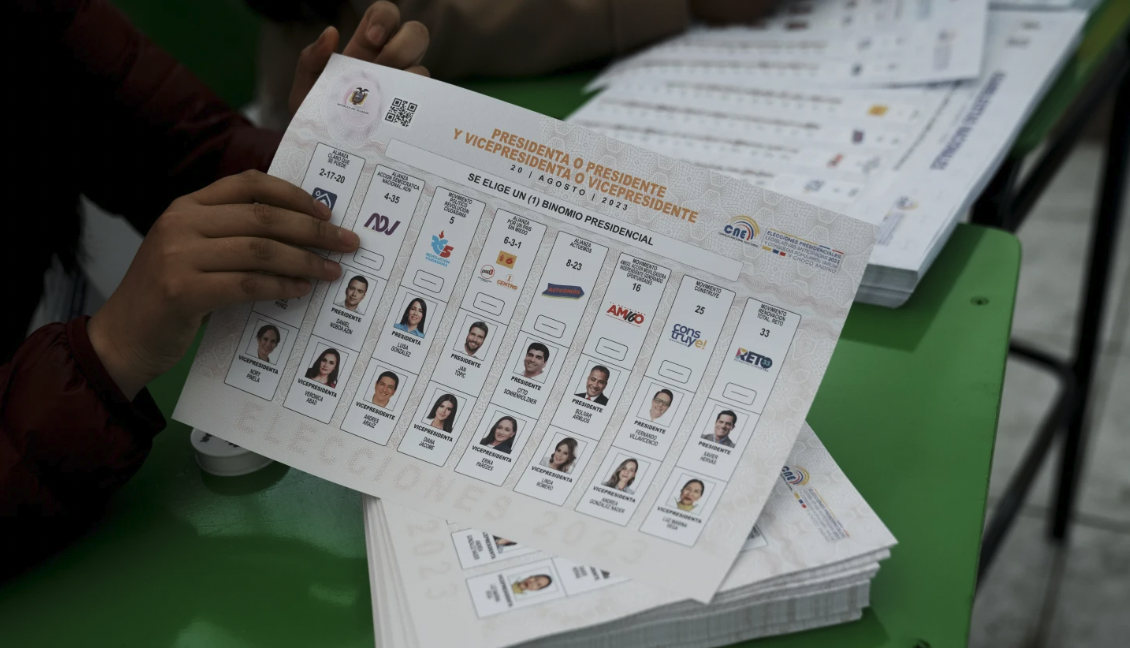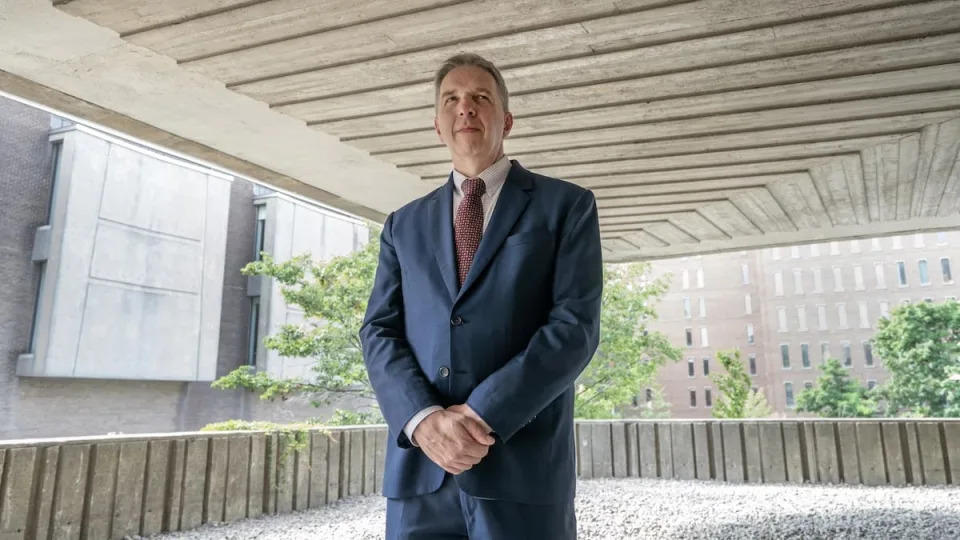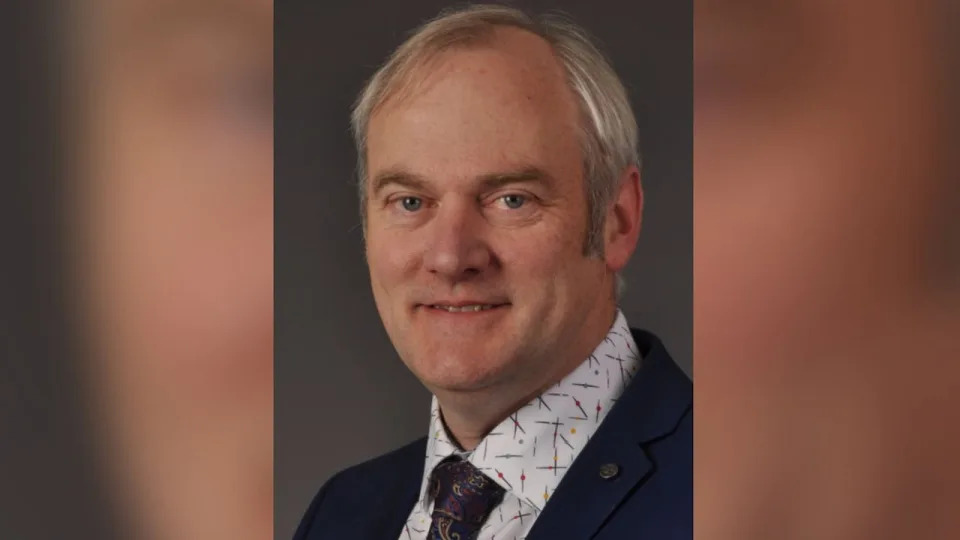Reuters
Fri, September 1, 2023
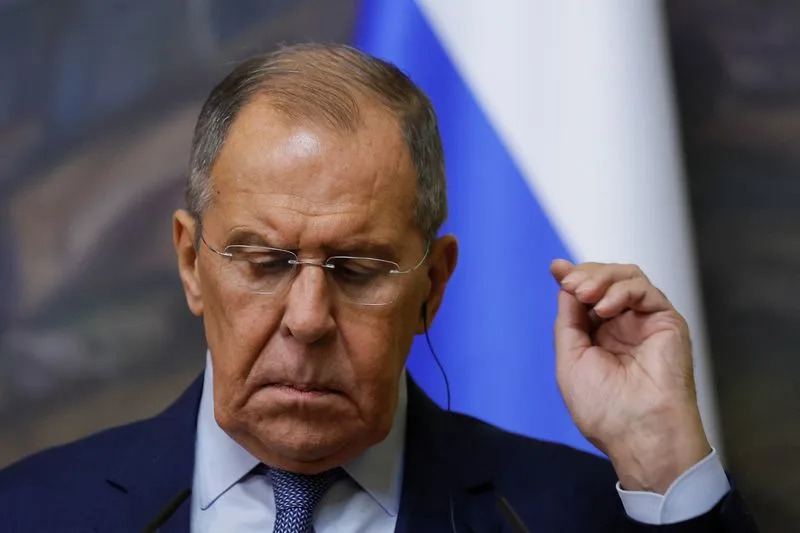
MOSCOW (Reuters) - Russia will block the final declaration of this month's G20 summit unless it reflects Moscow's position on Ukraine and other crises, leaving participants to issue a non-binding or partial communique, Foreign Minister Sergei Lavrov said on Friday.
Lavrov, who has served as President Vladimir Putin's foreign minister since 2004, is due to represent Russia at the Sept. 9-10 meeting of the Group of 20 leading industrialised and developing countries in New Delhi.
Putin is not known to have travelled abroad since the International Criminal Court issued an arrest warrant for him in March on suspicion of war crimes in Ukraine.
"There will be no general declaration on behalf of all members if our position is not reflected," Lavrov told students at the prestigious Moscow State Institute of International Relations.
The Kremlin casts the Ukraine war, which began when Russia invaded in February 2022, as an existential battle with an arrogant West that Putin says wants to dismantle Russia and take control of its vast natural resources.
The West denies any such intentions but says it wants Ukraine to defeat Russia on the battlefield and has imposed several rounds of sweeping economic sanctions in response to the invasion, which Russia calls a "special military operation".
Other leading powers such as China, India and Brazil have called for peace but also reserved the right to determine their own relationship with Moscow. China has accused the West of fanning the war by supplying Ukraine with weapons.
Lavrov said the West had raised Ukraine in meetings preparing for the summit, to which Russia had replied that "the issue is closed for us".
He accused the West of undermining international institutions by pushing its own agenda and suggested that, if consensus could not be reached at the G20 meeting, a non-binding communique could be issued by the G20 presidency.
"Another option is to adopt a document that focuses on specific decisions in the sphere of G20 competences, and let everyone say the rest on their own behalf," Lavrov said.
(Writing by Guy Faulconbridge and Felix Light; Editing by Kevin Liffey)
